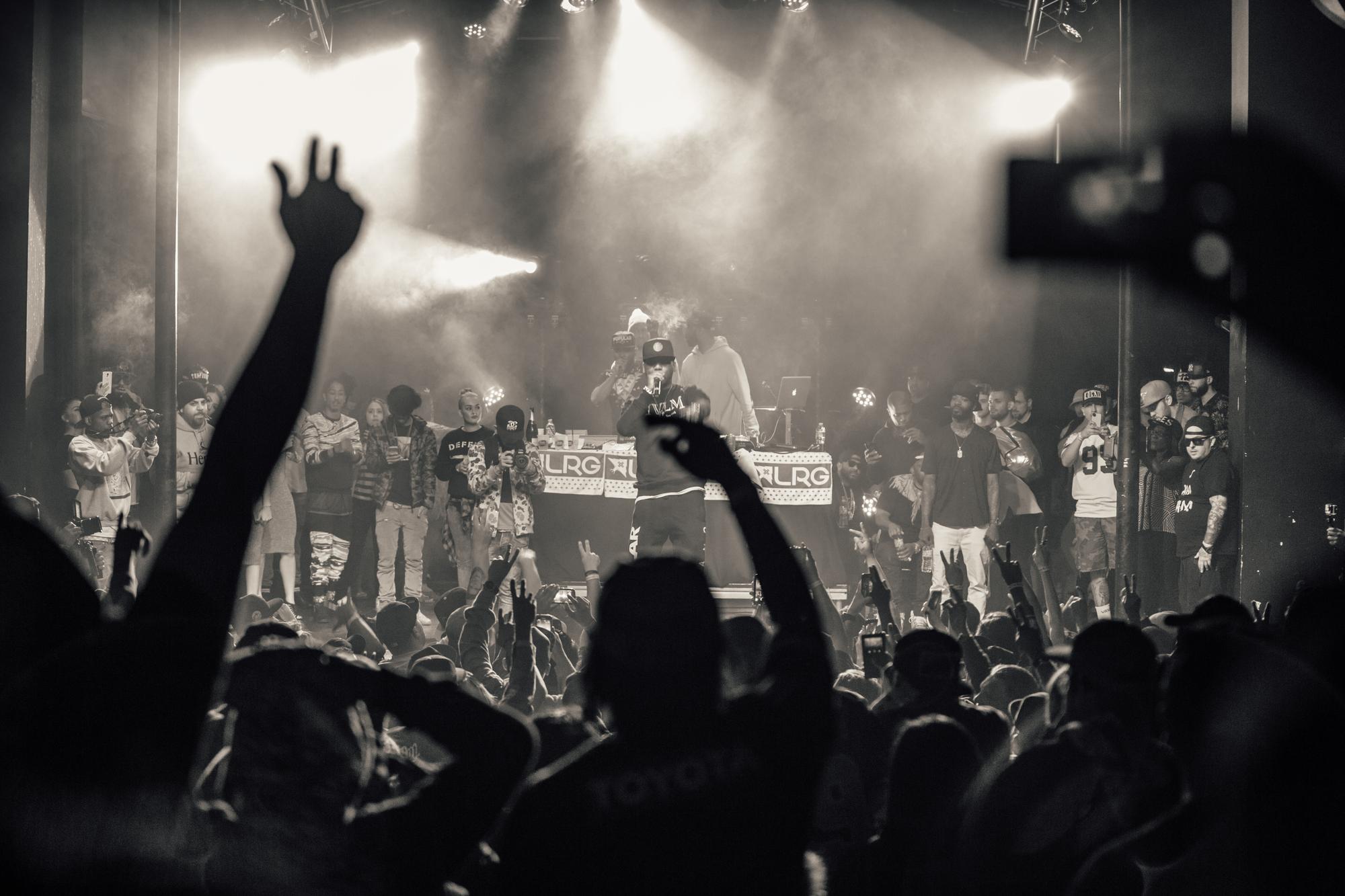Few cultural pairings have been as intertwined as cannabis and hip-hop. From the smoky basements of New York City’s early rap scene to the global stages of today, cannabis has been more than a substance—it’s been a symbol of creativity, rebellion, and identity. The relationship between hip-hop and cannabis tells a larger story of cultural evolution, social resistance, and artistic freedom.
Roots in the Early Hip-Hop Era
When hip-hop emerged in the 1970s Bronx, cannabis was already part of urban counterculture. Graffiti artists, DJs, and MCs found inspiration in the haze of smoke that surrounded block parties and park jams. Cannabis represented an escape from the struggles of poverty, systemic oppression, and racial inequality. Early references were subtle—artists like Grandmaster Flash and the Furious Five focused more on social commentary than weed—but the seeds were planted for cannabis to become a lyrical muse.
The 1990s: A Green Revolution
By the 1990s, cannabis became deeply rooted in hip-hop’s sound and identity. West Coast rap, in particular, brought weed to the forefront. Dr. Dre’s The Chronic (1992) wasn’t just an album title—it was a declaration of cannabis culture’s arrival in mainstream music. The project’s G-funk sound and its cover art, inspired by Zig-Zag rolling papers, established cannabis as central to West Coast identity.
Snoop Dogg soon emerged as hip-hop’s ultimate cannabis ambassador. His laid-back flow and unapologetic weed advocacy on tracks like “Gin and Juice” and “Smoke Weed Everyday” helped normalize cannabis in pop culture. Meanwhile, Cypress Hill’s Latino-infused sound and open marijuana activism pushed cannabis advocacy to a global audience, making it clear that hip-hop was not just music—it was a lifestyle movement.
Cannabis as a Political and Cultural Statement
Throughout the 1990s and early 2000s, cannabis references weren’t just about getting high—they reflected broader struggles for justice and equality. For Black artists in particular, cannabis served as both a symbol of freedom and a critique of America’s failed War on Drugs. Artists like Nas, Tupac Shakur, and The Notorious B.I.G. used their platforms to highlight systemic injustices that criminalized cannabis users in marginalized communities.
The New Millennium: From Counterculture to Commerce
As hip-hop became the dominant global genre in the 2000s, cannabis followed. Artists like Wiz Khalifa, Curren$y, and Kid Cudi brought a new wave of stoner rap—focused less on rebellion and more on lifestyle and relaxation. Wiz Khalifa’s “Khalifa Kush” strain turned his passion into a thriving cannabis brand, merging celebrity culture and entrepreneurship.
At the same time, hip-hop’s influence helped destigmatize cannabis use. Rappers who once risked arrest for advocating weed began investing in legitimate businesses as legalization expanded across the U.S. Today, artists like Jay-Z (Monogram), Berner (Cookies), and B-Real (Dr. Greenthumb) run multimillion-dollar cannabis empires, bridging music, business, and culture.
A Legacy of Influence
The relationship between cannabis and hip-hop has evolved from underground rebellion to mainstream acceptance. What began as coded references in rap lyrics has become a driving force behind social equity conversations and cannabis normalization. The same culture that once used cannabis as a form of resistance now leads the global conversation on legalization, wellness, and creative freedom.
Hip-hop didn’t just rap about cannabis—it redefined what it means to consume, create, and advocate. From the smoky studios of Compton to luxury dispensaries in Los Angeles, the bond between beats and buds remains unbreakable. The story of cannabis and hip-hop is ultimately one of resilience, expression, and transformation—proving that both are far more than cultural trends; they’re movements built on authenticity, community, and evolution.

